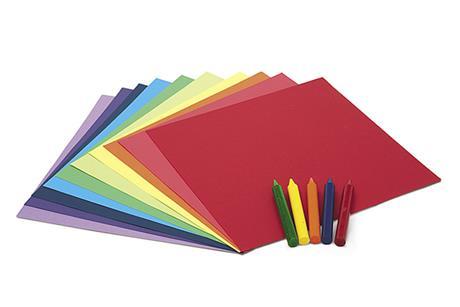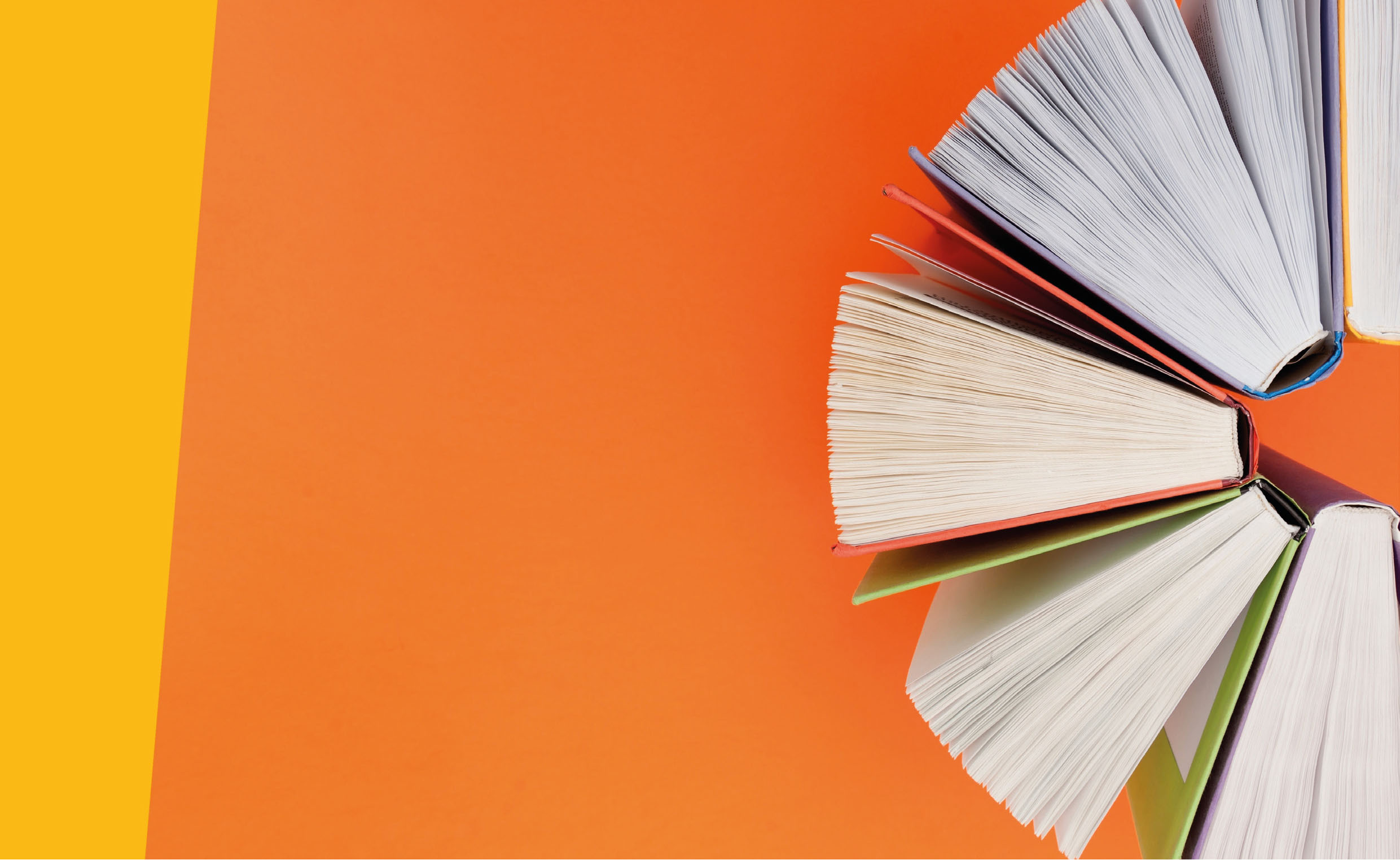New Suggestions For Deciding On Italian Kindergarten Teaching Support
Wiki Article
What Is The Educational And Informational Content That Primary And Secondary Schools Require?
The primary and kindergarten classes typically require a variety of information and educational resources to help support the development and learning of their students. Some examples of things that might be required include: Curriculum materials- These are materials designed to support the learning objectives of the curriculum for schools. Some examples of items that might be required include: Curriculum materials- These products are designed to aid in the learning goals of the curriculum at school.
Classroom Equipment - For small children, classroom materials like pencils, papers, glue, scissors and other art supplies are crucial.
Educational technology: In the current digital age, technological advancements in education such as computers, tablets, and interactive whiteboards can help students learn and offer additional tools for students.
Booksfor Kindergarten and Primary schools require a variety of age-appropriate books to encourage reading and develop language.
Children are able to develop spatial awareness and problem-solving abilities by using manipulatives like blocks or games. They can also play puzzles, games, and blocks.
Visual aids like posters, charts and maps are all visual aids to aid children in learning and retention of important concepts.
Materials for art and music- Music and art materials such as instruments, paints and clay supply children with a way to express their creativity and help them express themselves.
Safety equipment - Safety items such as first aid kits, and fire extinguishers contribute to ensure the health and safety of both students and staff.
In general, elementary and kindergarten schools require a wide range of education materials and resources to create a safe and enjoyable learning environment for children. Check out the most popular scuola infanzia for blog tips.

What Educational Materials And Aids For Teaching Math Are Suggested By Italian Schools?
It is possible to assist young children improve their spatial, mathematical problem-solving, and other abilities by using mathematics educational materials. Here are some examples of suggested materials counting manipulatives Use manipulatives for counting, such as counting bears, blocks and beads can assist children to develop their counting skills, and also their fine motor skills and hand-eye coordination.
Charts and number cards are a great idea as a method of introducing children into numbers and counting. These could include large, colorful numbers for the walls or even smaller cards that kids can handle and hold.
Shape manipulatives can be utilized to help children learn about the properties of shapes, how they work and help develop spatial thinking.
Measuring devices: Measuring equipment like rulers or tapes for measuring as well as scales will assist your child to understand the concept of comparisons, as well as expanding their mathematical vocabulary.
Simple games and puzzles like dominoes, matching, and jigsaws aid in helping build problem-solving and focus skills in children.
Learning aids based on technology. Technology aids like tablets that contain educational math games and apps can students learn in the classroom and also provide them with additional tools.
The use of these materials should be developmentally appropriate, safe, and appropriate for children. Teachers and caregivers can use these materials to develop engaging and interactive math activities that promote children's curiosity and enthusiasm for learning. View the best schede didattiche matematica for blog tips.

What Teaching Materials Are Required In Schools Of Italy?
Italian nurseries need to use resources that teach children about the past. This will help children understand the present as well as the past as well as create an understanding of belonging and identity. A few examples of materials for teaching history that could be required include the following: Age-appropriate books Books that focus on historical events, people and societies can assist children build an interest and feelings of connection to the past.
Artifacts and Pictures. Pictures from different times and cultures will aid your child to visualize and appreciate historical activities and the ways in which they are carried out.
Maps and timelines: Maps and timelines can help children understand the order of events and how events from the past are interconnected.
Storytelling: Storytelling can be a powerful tool for introducing children to the past and historical figures in a way that is entertaining and memorable.
Dramatic games: Dramatic games helps children relive the historical moments or experience. It can also help them develop a deeper appreciation of these historical events.
Field trips. A trip to a local museum or historic site could offer children hands-on experiences and also the opportunity to learn about the past.
It is crucial to ensure that the teaching materials are appropriate for children of all ages and sensitive to cultural differences. Teachers and parents can make use of these materials to create engaging and interactive history activities that encourage children's curiosity as well as love of learning. Read the top rated sostegno storia for site tips.

What Kind Of Geography Books Are Appropriate For Italian Kindergartens?
Italian nurseries employ geography-related tools to educate children about various cultures, environment and countries. Here are some examples of geography materials. Maps: They can help kids understand the geography of different nations and regions and their geographical location.
Globes. Globes will aid your child in understanding the earth’s surface. They can also learn more about the continents.
Videos and pictures: Pictures and videos of diverse cultures and places will help children discover the diversity of the world and develop an appreciation for various ways of life.
Books: Age-appropriate books for children that focus on different cultures could inspire a child's curiosity as well as interest in the world.
Natural materials. Materials like shells and plants are ideal to teach children about ecosystems.
Field trips. Children can gain knowledge about the world through hands-on learning and experiences at local parks, zoos or museums.
It is crucial to select geo-related materials that are both suitable for both a child's and a parent's age. Teachers and parents can utilize these materials to create engaging and interactive activities in geography which encourage children's curiosity and enthusiasm for learning about the world that surrounds them. See the most popular schede didattiche geografia for site recommendations.
